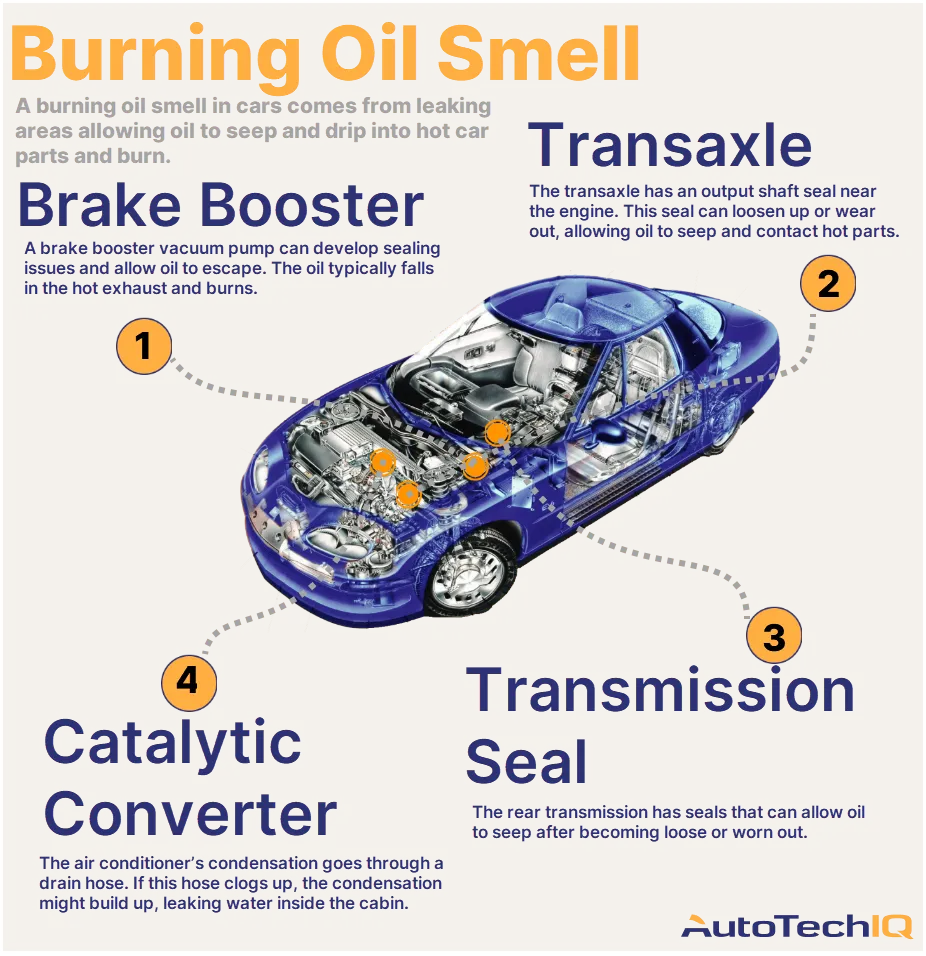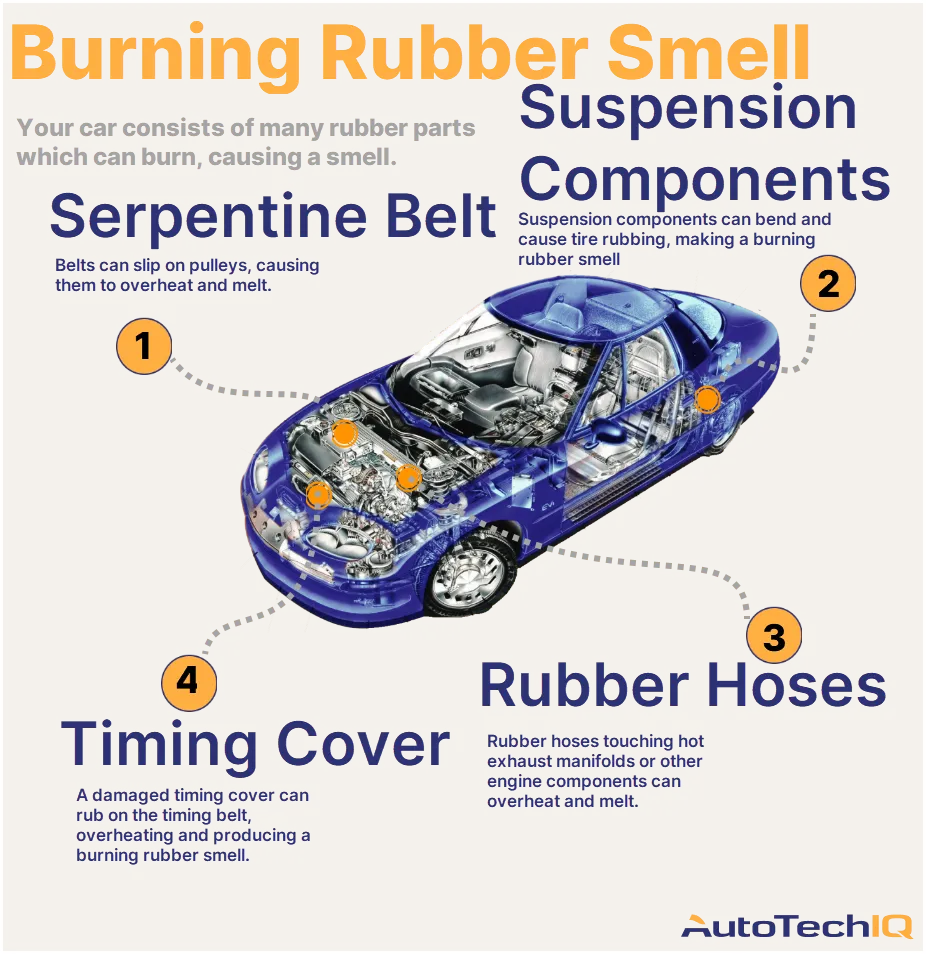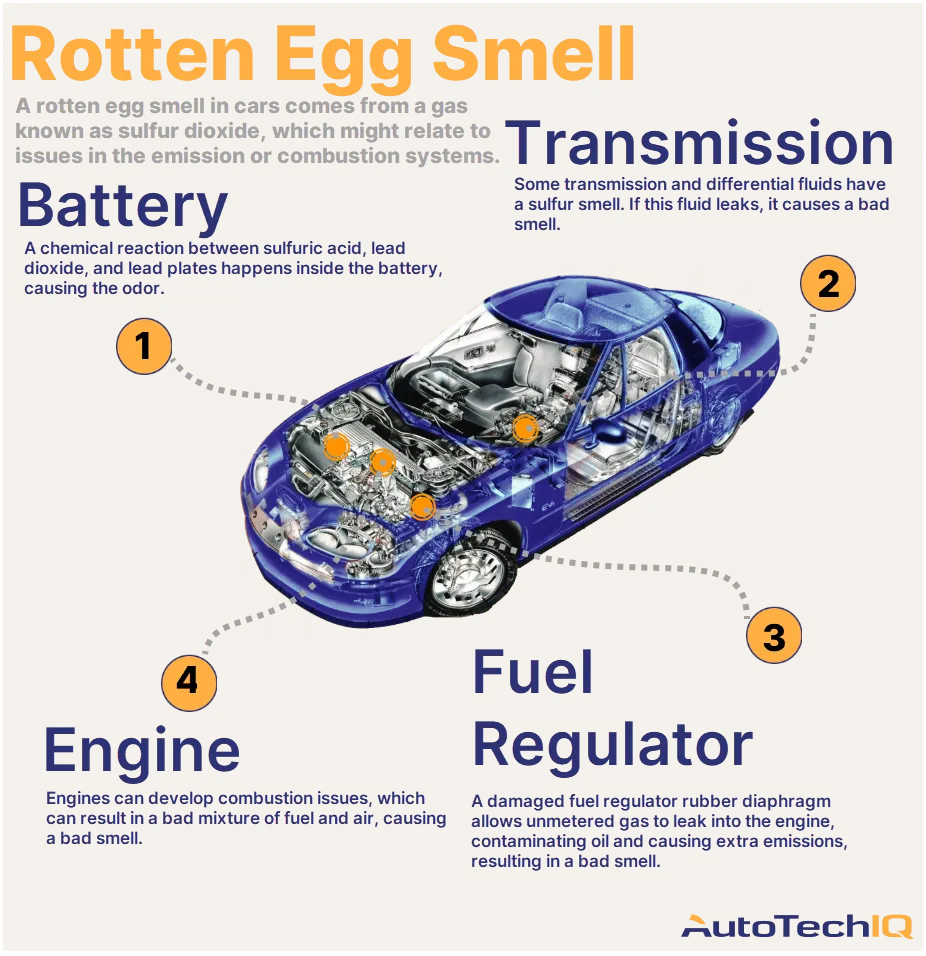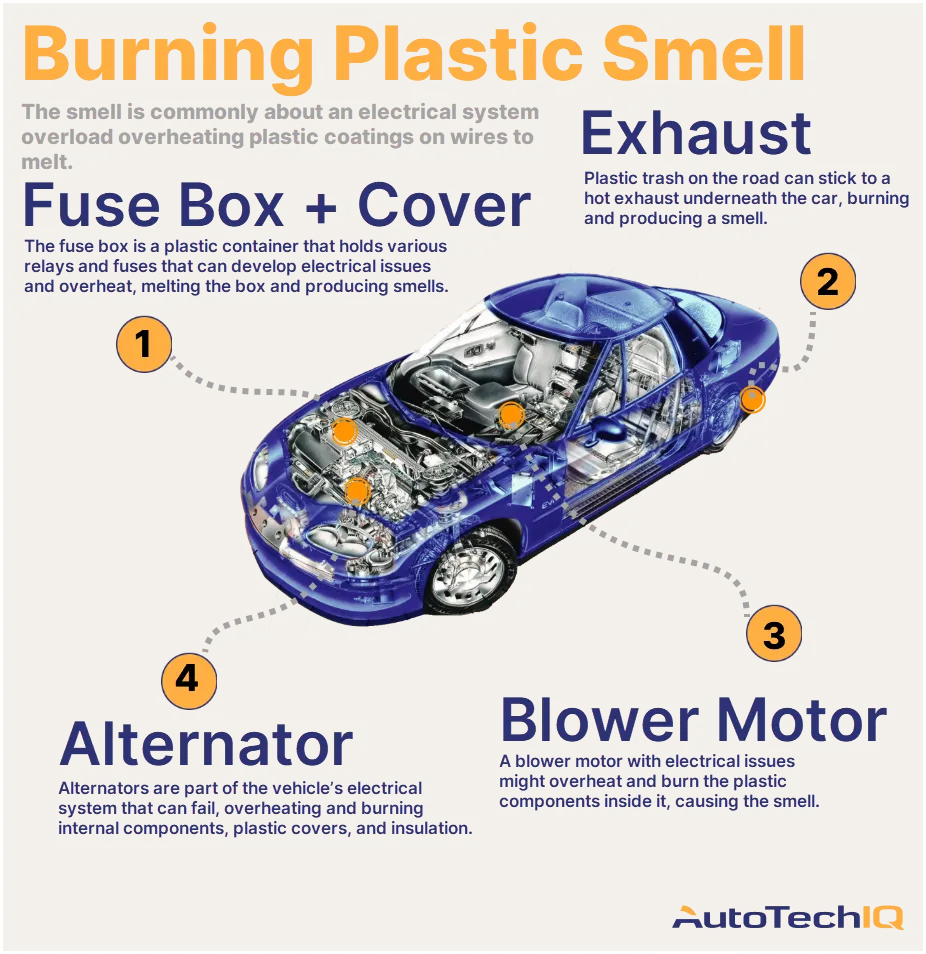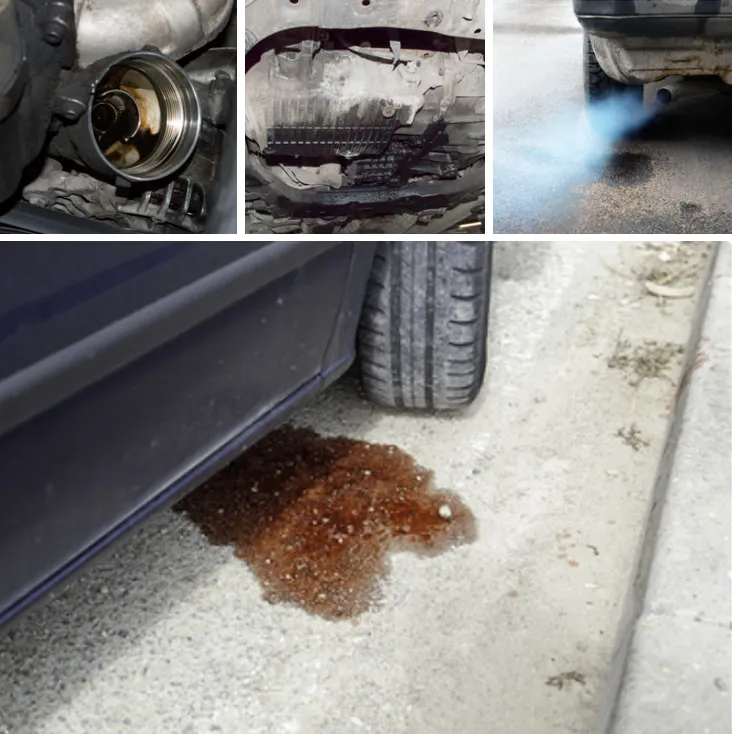
Motor oil is a liquid designed to lubricate rubbing parts. The performance of the entire internal combustion engine greatly depends on engine oil.
The oil level is one of the main indicators that every car enthusiast needs to constantly monitor.
Signs of an engine oil leak that requires a visit to a repair shop
- Leakage near the timing belt, the reason is the wear of the oil seal. To eliminate the leak, you need to install a new oil seal instead of the worn one.
- Presence of oil from under the valve cover. You need to change the gasket using sealant.
- Oil leakage from under the distributor. Leakage in this place occurs due to the formation of gaps at the junction of the distributor and the mounting socket. It is necessary to use sealant to fill the resulting gaps.
- Oil leakage from under the oil filter. The oil filter will need to be replaced. And pay attention to the correct tightening of the oil filter.
- Oil is squeezed out from under the oil dipstick. Typically, this occurs due to a clogged crankcase ventilation system. To solve the problem, you need to properly clean this system.
- Oil seeps through gaskets and seals:
- Oil leakage is caused by excess oil; removing excess oil will help. As a result, the pressure inside the engine is normalized and the liquid will no longer be squeezed out.
- Exhaust gases enter the crankcase due to wear on the piston rings. They need to be replaced - then the pressure in the pan will normalize and the oil will not be forced out.
- If seals and gaskets cannot retain engine oil, then this may indicate its low viscosity. This oil is not suitable for filling into the system. You need to change it to a more suitable one, and also wash the motor with a flush.
7. The appearance of bluish smoke from the exhaust pipe. This indicates that engine oil is getting into the cylinders. The reason is coking of the piston rings. In this case, work on decoking the piston rings is necessary.
8. Leak from oil pressure sensor. The reason is a leak in the sensor. To solve the problem, you need to change the sensor.
9. An oil leak at the rear of the engine means the shaft is worn out. Such a breakdown cannot be easily dealt with, as it occurs due to the natural formation of a groove in the oil seal made by the shaft. Here you cannot do without disassembling the engine, since you need to change the entire shaft element.
Engine oil leaks can occur in several places. The repair features also depend on the location of the oil leak.
One of the most effective ways to identify the location of the leak is to place a cardboard sheet under the bottom of the car for several hours, preferably overnight. If leakage does occur, in the morning you will see characteristic oil stains on the cardboard. By blotting the stain with a napkin, you can find out where the oil leaked from. A brown or yellow color on the napkin indicates a leak from the engine. Blue, orange, green - indicator of hydraulic oil or antifreeze. Red oil color means problems with the gearbox.


